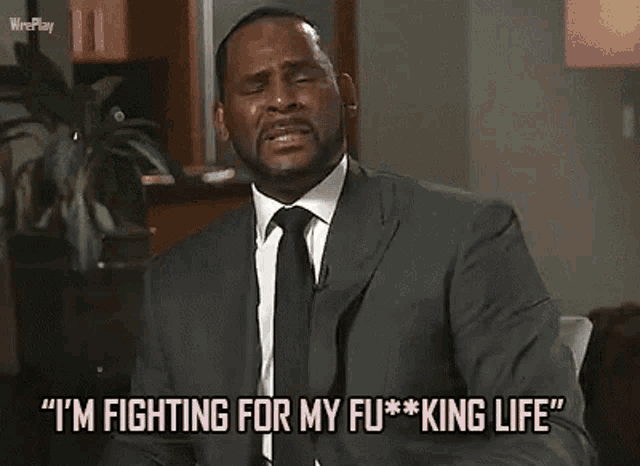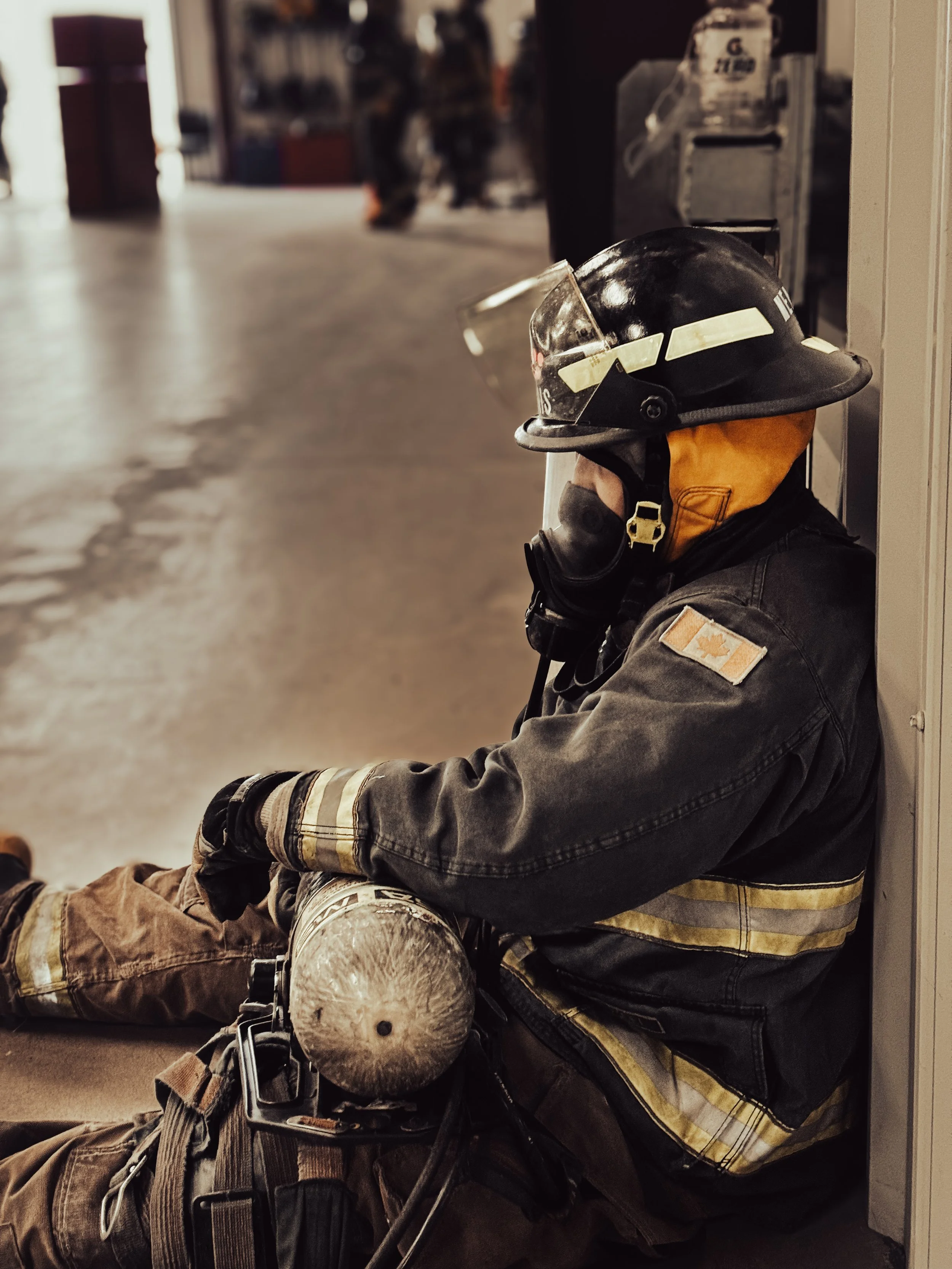Cooper’s Colours of Situational Awareness
A Framework of Situational Awareness for Firefighters
In the challenging and high-stakes environment that Firefighters operate in, maintaining effective situational awareness is paramount for ensuring safety and success in their missions. Drawing inspiration from Colonel Jeff Cooper's colour-coded levels of awareness—ranging from white (unaware) to black (in a state of crisis)—we can adapt and apply these principles to Firefighting scenarios.
Levels of Awareness
White (Unaware): In this state, people are not fully conscious of their surroundings, potentially missing critical cues or dangers. Most of the general “lay” public live in this state. These are the people who are so disconnected from reality the only thing they know how to do in times of stress and crisis is whip out their phone and film the situation unfold. Operating in the unaware white state is a great way to become part of the problem. A sheep as some might say. Someone who operates in the white
doesn’t know where they are on a map
don’t have a clue of what to do if an emergency occurs
have little to no awareness of who or what is around them at any given moment
The only time you should be in the white is when you are sleeping.
Yellow (Relaxed Alertness): Firefighters operating in this state are aware of their environment, scanning for any signs of trouble or changes. This is an area that we find ourselves operating in almost all the time. We are in a state of readiness for the alarm to drop and don’t find ourselves startled when the lady in the sky starts screaming at us.
Yellow is a state that we always want to operate in, on shift or off.
Operating in the yellow is in your best interest. It means you know where you are, you know who or what is around you at any given moment, and you have a (rough) plan of what to do in the event of an emergency.
Finding an emergency exit in a building you’ve never been in before
Sitting in a chair facing the street or the front door at a restaurant or coffee shop
positioning your vehicle in a parking lot for rapid egress
Orange (Heightened Alertness): At this stage, you are alerted to a specific threat or potential hazard, preparing to take action if necessary. This is the state we need to live in when Firefighters are operating outside of the station (and even in the station if your working in a…rough…part of town) Often times Firefighters are so desensitized by stimuli (lights, beeps of the MDT, sirens, etc) and running routine calls that we unintentionally downregulate out of this state and can be vulnerable to danger.
running a regular boring medical for “another” overdose call when the patient has a weapon on them.
running another “nothing” alarm activation when the alarm was actually tripped by a fire.
Orange is a state that we only want to operate in when we have to, yet don’t want to downregulate out of.
Living in a constant state of orange however, is a sign of a potential health problem and should be addressed with a professional healthcare provider.
Red (Immediate Action Required): When in the red zone, Firefighters must act decisively and swiftly in response to a threat or emergency situation. This is where we default to our training and essentially “lose” any higher order thinking. We find ourselves in fight or flight mode with a wicked dump of adrenaline and sympathetic drive.
Calling a MAYDAY
Operating as a RIT team to locate and extricate a downed Firefighter
Controlling a combative patient
Remember, in the Red category, we react to the stressors
Although operating in the red is uncommon, it can be considered a normal part of our profession. Think of the classic keynote from Gordon Graham on high risk-low frequency events. The RPDM model of decision making is a time tested model that works, however when the body is in the red category, all thinking tends to go out the window.
Note:
Another application of the colour codes is delivery of training. When new firefighters are in the skill development (cognitive or associative) stages of learning, inducing stress (too much, too soon or too fast) can cause them to quickly jump into the red category. This is counterproductive and can harm their learning because of the reactive “fight or flight” nature of being in the red zone. High heart rates, breathing rates and increased blood pressure are among the many signs of being in the red category and the student will ultimately fall to their best level of training and have little to no learning takeaways. For experienced firefighters who are able to implement skills in the cognitive or autonomous phases of learning however, taking them into a red zone is critical to evaluate and improve their skills.
Black (Crisis Mode): This level signifies a full-on emergency where firefighters are under extreme stress. In the black category, you are completely overloaded with the stressor that your body has no real defensive response. You may experience an alteration in time perception, paralysis of your body, actions with no memory recall of how they happened, etc.
If you are in the black category, you are victim or casualty of the stressor
Understanding the Relationship of the Colour Codes with Heart Rate
In the iconic book “On Combat” by Lt Col Dave Grossman, The colour codes are broken down and paired up with heart rate zones that are typical of each zone.
Above a heart rate of 115 bpm fine motor skills are thought to decrease
Above a heart rate of 145 bpm complex motor skill deteriorates
Above a heart rate of 175 bpm cognitive processing deteriorates
Grossman, Siddle. On Combat. 1997
Although there is a small caveat about the heart rates being directly related to fear based (hormonal induced) situations, not exercise, It is still hard to believe the validity of these numbers.
Heart rate zones are extremely individual based on age, gender, fitness level, etc. and vary from person to person therefore, it is not entirely correct to be generalizing specific heart rates and effects at each rate.
Firefighters that have a high degree of physical fitness and have completed rigorous training programs are far more “comfortable” operating at high heart rates and can still function with a high degree of cognition and motor skill.
However…
There is something to be said about the relationship between level of arousal, heart rate and level of cognitive or motor function. That is, at high levels of arousal/stress and high heart rates with LOW levels of physical fitness or low experience in training, you can expect poor outcomes in cognitive or motor performance. Although this can mostly be attributed to fatigue and lack of training.
Importance of Physical Training
Intensive physical training is vital for firefighters to counteract the negative effects of heightened alertness, such as tunnel vision and auditory exclusion, which can impair decision-making and performance in high-pressure situations. A well-rounded training program not only enhances physical fitness but also mental toughness, resilience and the ability to maintain focus amidst chaos.
By training in acute stress management techniques such as box breathing or tactical breathwork, firefighters can expect improved performance and enhanced resilience in high-pressure situations. These practices help regulate stress responses and promote mental clarity, allowing firefighters to make effective decisions swiftly when faced with challenging circumstances on the job.
Situational awareness is crucial for firefighters to effectively handle threats, anticipate situations and respond promptly. By incorporating Colonel Jeff Cooper's color codes and maintaining a strict physical training routine, firefighters can improve their preparedness, endurance and overall capability to overcome challenges.
Take a look at an old school video of the Colonel himself giving a breakdown of the categories!




